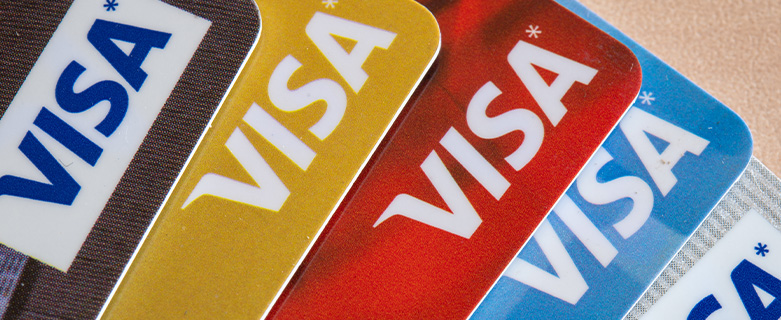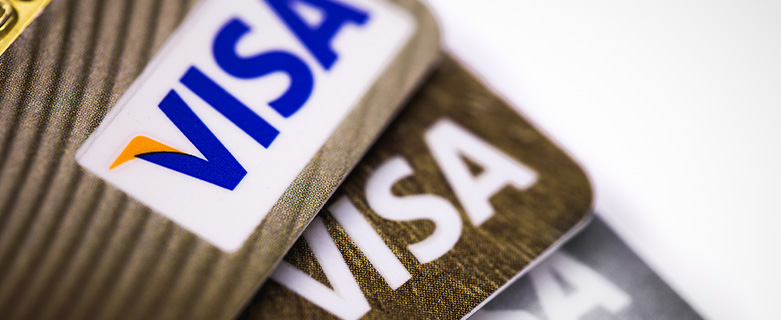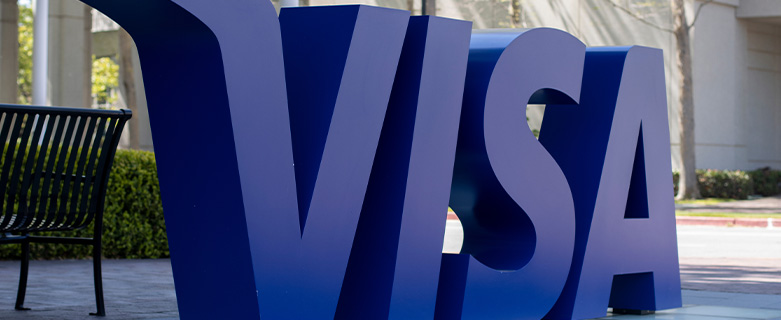News

How to Make the Most of Compelling Evidence 3.0 and Order Insight
Visa Compelling Evidence 3.0 is launching this month. It promises to offer new opportunities for merchants to protect their businesses from first party fraud on chargebacks with the 10.4 Fraud—Card Absent Environment. This article offers merchants an explanation of how to use and make the most of this new chargeback solution.
What Is Compelling Evidence 3.0?
Visa's updated guidelines, Compelling Evidence 3.0, offer assistance to merchants in disputing chargebacks categorized under reason code 10.4. These guidelines furnish merchants with instructions on how to counter claims of fraud concerning card-not-present (CNP) transactions that they consider valid. Merchants must present proof of at least two non-disputed and non-fraudulent transactions settled at least 120 days prior to the dispute date from the same cardholder and payment method to utilize Compelling Evidence 3.0. Moreover, the disputed transaction should match at least two core data elements to the disputed transactions, one of which must be IP address or device ID. The core data elements consist of customer account/login ID, IP address, shipping address, and device ID/device fingerprint. This can be done pre-dispute through Verifi Order Insight or post-dispute as part of the representment process. If the merchant fulfills these data requirements, they are guaranteed to win the chargeback dispute.
How Compelling Evidence 3.0 Works
The basic steps for using Compelling Evidence 3.0 are as follows:
- The cardholder disputes a CNP transaction, claiming that it was never authorized.
- The issuing bank determines that it is going to file a chargeback on behalf of the customer and selects 10.4 as the reason code.
- The merchant is informed of this chargeback and reviews their data for evidence of previous purchases from the cardholder.
- The merchant finds two undisputed transactions that occurred within the 120 to 365 day window for Compelling Evidence 3.0 eligibility.
- The merchant gathers the necessary matching data elements.
- The merchant sends the evidence to the issuer. If this is pre-dispute, that evidence is sent through Order Insight. If it is post-dispute, it is sent as a part of representment.
- The dispute is overturned, the merchant keeps the money (or the money is returned to the merchant), and the TC-40 fraud report is deleted.
How to Maximize the Utility of Compelling Evidence 3.0
Reaping the benefits of Compelling Evidence 3.0 requires more than simply knowing the steps of the process. These tips will help merchants maximize the utility of this new ruleset.
Use Verifi Order Insight
The most game-changing aspect of Compelling Evidence 3.0 is that, for the first time, it offers merchants the opportunity to present compelling evidence before a chargeback is filed. But in order to do so, the merchant must use Verifi Order insight. Order Insight is an entirely separate program from Compelling Evidence 3.0 that merchants can use for chargeback deflection. When used in conjunction with Compelling Evidence 3.0, Order Insight provides heretofore unseen opportunities to prevent fraudulent chargebacks before they happen.
Employ the Proper Technical Specifications
The use of Compelling Evidence 3.0 and Order Insight requires being able to quickly exchange information between merchants, banks, and Visa. As a result, there are a number of technical requirements that merchants must meet in order to participate. In particular, Order Insight requires that merchants be able to respond within a limit of 2 seconds. Setting up the APIs and other technical specifications is an essential part of maximizing the utility of Compelling Evidence 3.0.
Gather and Store the Requisite Cardholder Transaction Information
Having the proper technical specifications to exchange data for Compelling Evidence 3.0 is not worth anything if merchants aren’t also collecting and storing the necessary transaction information. To reiterate, the required transaction/cardholder information includes the following: customer account/login ID, IP address, shipping address, and device ID/device fingerprint. At least two of the data elements must match and at least one of them must be either the IP address or device ID. These two transactions must be older than 120 days but not older than 365 days.
In order to use Compelling Evidence 3.0, merchants must keep track of all of these data points, be able to use them to easily identify which payment disputes are eligible for Compelling Evidence 3.0, and gather and present that data easily. The best way to do so would be to employ software designed for managing chargeback data.
Begin Collecting Data Immediately
Even if a merchant is unable to begin utilizing Compelling Evidence 3.0 right when it first launches, there is value in beginning to collect the requisite transaction data as soon as possible. This is because of the unique timeline in which qualifying previous transactions must be at least 120 days old but no more than 365 days old. If the merchant begins tracking and cataloging transaction information immediately, they will have more possible transactions to call upon once they are ready to implement Compelling Evidence 3.0.
Conclusion
Visa’s Compelling Evidence 3.0 rule update provides significant opportunities for merchants to protect themselves from first party fraud. But making the best use of these rules requires the implementation of Verifi Order Insight and a whole host of technical efforts to capture, organize, and access transaction data. The merchants who get the most out of Compelling Evidence 3.0 are the ones who put themselves in the best position to use the technology.



